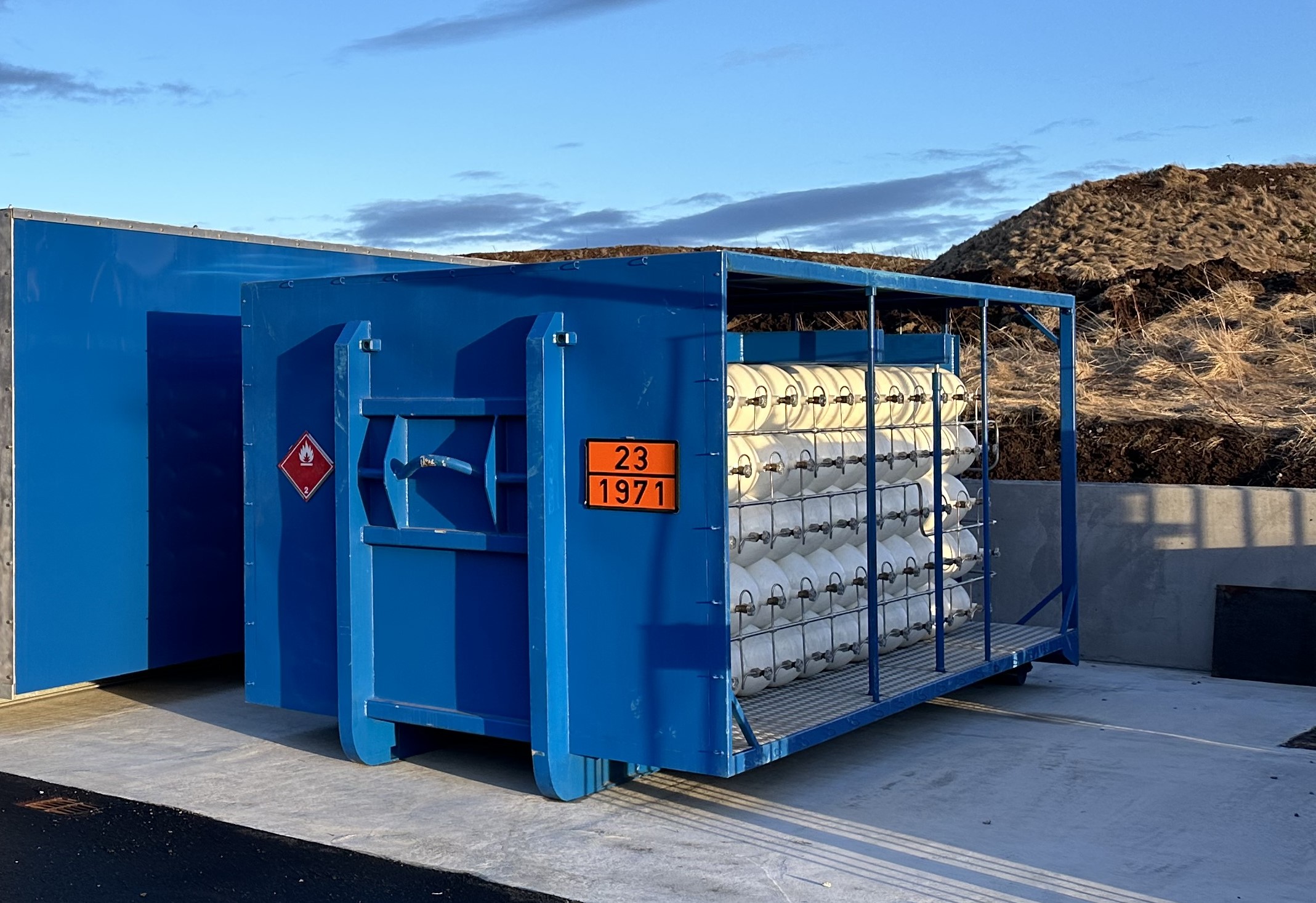



A steel cylinder container is a cost-efficient and great solution for transporting gas, especially when the distance to be transported is not very long. High pressure Type I gas containers are high quality steel cylinders that offer the lowest investment cost compared to many other transport solutions.

Type IV gas containers in fibreglass composite offer a large volume of CNG to be transported with minimum mass and maximum safety, and have all the material and transport type approvals required in the EU. The fibreglass container performs well on both short and long haul journeys.


© 2026 Biovoima
Privacy policy
